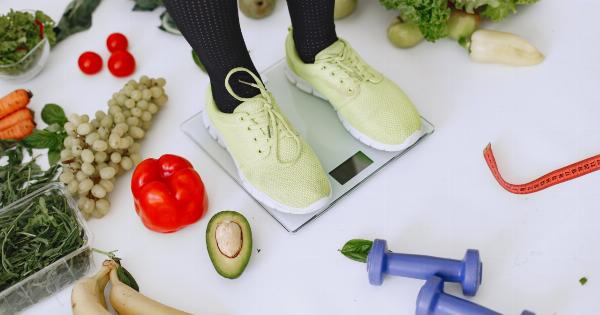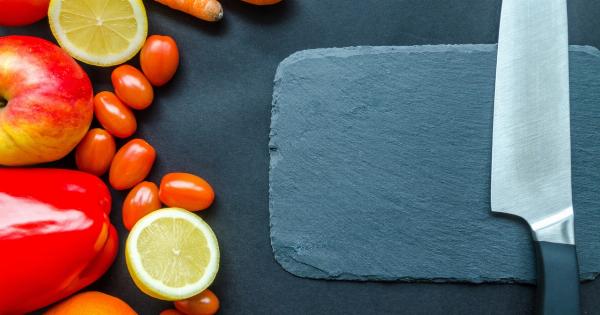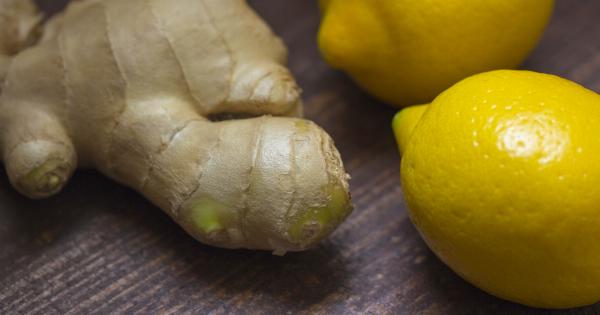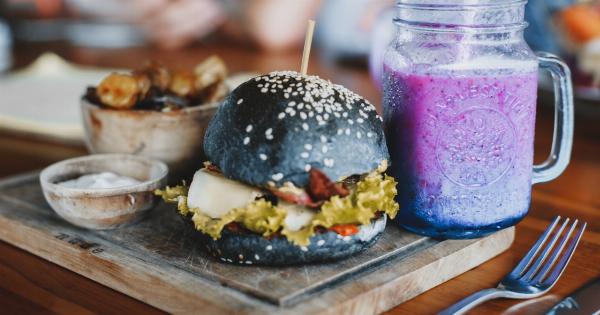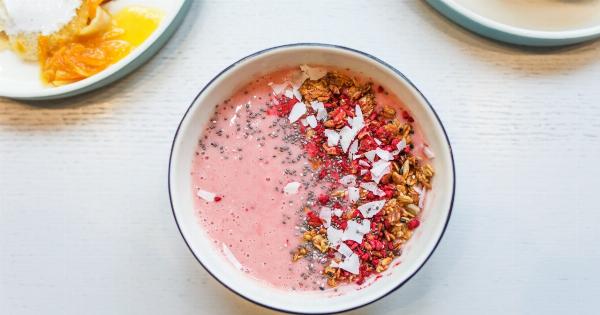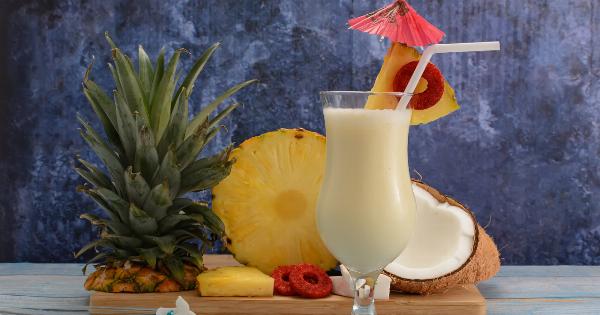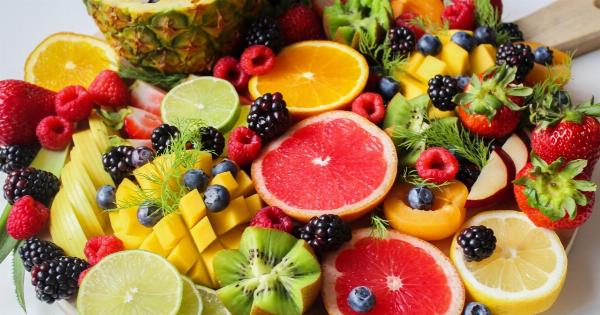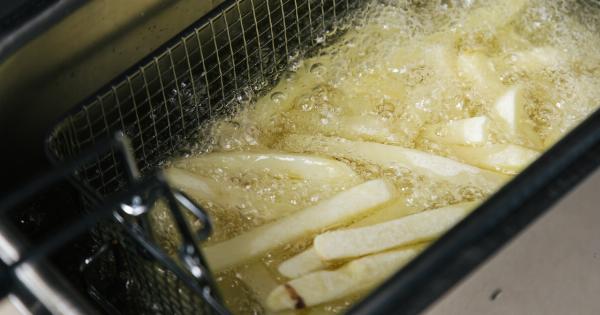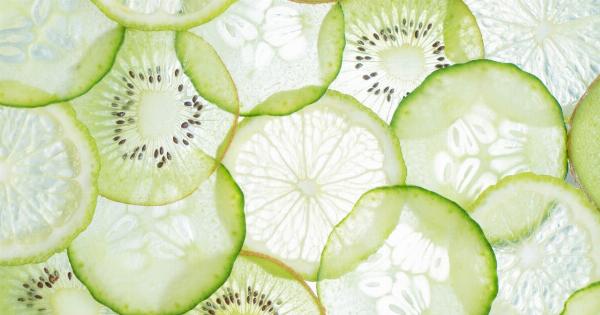Quinoa, pronounced KEEN-wah, has taken the health food world by storm in recent years. Commonly referred to as a grain, it is actually a seed that comes from a flowering plant called Chenopodium quinoa, native to the Andean region of South America.
With its numerous health benefits and versatility, quinoa has gained widespread popularity among health-conscious individuals. If you are considering adding quinoa to your diet, here is everything you need to know before you try it.
What Makes Quinoa Special
Quinoa is often hailed as a superfood due to its exceptional nutritional profile. It is rich in essential amino acids, making it a complete source of protein.
Additionally, it contains a variety of vitamins and minerals, including magnesium, manganese, phosphorus, and copper. Quinoa is also gluten-free and easy to digest, making it suitable for individuals with gluten sensitivities or digestive issues.
The Health Benefits of Quinoa
1. High in Fiber: Quinoa is an excellent source of dietary fiber, which aids in digestion, helps regulate blood sugar levels, and promotes a feeling of fullness.
2. Rich in Antioxidants: Quinoa contains various antioxidants, including quercetin and kaempferol. These compounds help neutralize harmful free radicals and protect the body against chronic diseases.
3. Weight Management: The high protein and fiber content of quinoa can contribute to weight loss and weight management by increasing satiety and reducing calorie intake.
4. Heart-Healthy: Quinoa is beneficial for heart health due to its high fiber, magnesium, and potassium content. These nutrients help maintain healthy blood pressure levels and reduce the risk of cardiovascular diseases.
5. Blood Sugar Control: Quinoa has a low glycemic index, which means it does not cause a rapid spike in blood sugar levels. It can be an excellent addition to a diabetic or prediabetic diet.
How to Cook Quinoa
Before cooking quinoa, it is important to rinse it thoroughly to remove the naturally occurring bitter coating called saponin. To cook quinoa:.
1. Rinse one cup of quinoa under cold water in a fine-mesh sieve.
2. In a saucepan, combine one cup of quinoa with two cups of water or broth.
3. Bring the mixture to a boil, then reduce the heat to low and cover the pot.
4. Simmer for 15-20 minutes or until all the liquid has been absorbed.
5. Remove from heat and let it sit, covered, for 5 minutes.
6. Fluff the quinoa gently with a fork, and it will be ready to serve.
Ways to Incorporate Quinoa into Your Diet
Quinoa’s versatility allows it to be used in a variety of dishes. Here are some creative and delicious ways to incorporate quinoa into your daily diet:.
1. Quinoa Salad: Prepare a refreshing salad by combining cooked quinoa with fresh vegetables, herbs, and a tangy dressing.
2. Quinoa Breakfast Bowl: Start your day with a nutritious quinoa breakfast bowl topped with fruits, nuts, and a drizzle of honey or maple syrup.
3. Quinoa Stir-Fry: Use quinoa as a base for a colorful and flavorful stir-fry loaded with your favorite vegetables, proteins, and sauces.
4. Quinoa Stuffed Peppers: Stuff bell peppers with a flavorful mixture of quinoa, vegetables, and spices, then bake until tender and delicious.
5. Quinoa Sushi: Replace the traditional sushi rice with quinoa to create a healthy and gluten-free version of your favorite sushi rolls.
Possible Side Effects and Precautions
While quinoa is generally safe for consumption, there are a few considerations to keep in mind:.
1. Digestive Discomfort: Some individuals may experience digestive discomfort, such as bloating or gas, after consuming quinoa. It is advisable to start with small portions and gradually increase intake to determine tolerance.
2. Oxalate Content: Quinoa contains oxalates, which can contribute to the formation of kidney stones in susceptible individuals. If you have a history of kidney stones, it is recommended to moderate your quinoa consumption.
3. Allergies: Although rare, some individuals may develop an allergic reaction to quinoa. If you experience any symptoms of an allergic reaction, such as hives, difficulty breathing, or swelling, discontinue its use and seek medical attention.
Where to Buy Quinoa
Quinoa is widely available in grocery stores, health food stores, and online platforms. Look for organic and fair-trade options whenever possible to ensure the highest quality and sustainable sourcing.
The Quinoa Conversation: Questions and Answers
Q: Is quinoa suitable for a gluten-free diet?.
A: Yes, quinoa is naturally gluten-free and can be safely consumed by individuals with gluten intolerance or celiac disease.
Q: Can quinoa be a part of a weight loss diet?.
A: Absolutely! Quinoa’s high protein and fiber content can help with weight loss by promoting satiety and reducing calorie intake.
Q: Can quinoa be frozen?.
A: Yes, cooked quinoa can be frozen and kept for later use. Ensure it is stored in an airtight container or freezer bag to maintain freshness.
Q: Are there different varieties of quinoa?.
A: Yes, while white quinoa is the most common variety, there are also red and black quinoa, each with slightly different textures and flavors.
Conclusion
Quinoa is undoubtedly a nutritional powerhouse that deserves its place in a well-balanced diet.
From its exceptional nutrient profile to its versatility in various culinary creations, quinoa offers numerous health benefits and can be enjoyed by individuals with different dietary needs. Remember to experiment with different recipes and gradually incorporate this nutritious seed into your meals for a delightful and wholesome dining experience.


